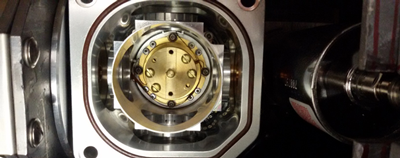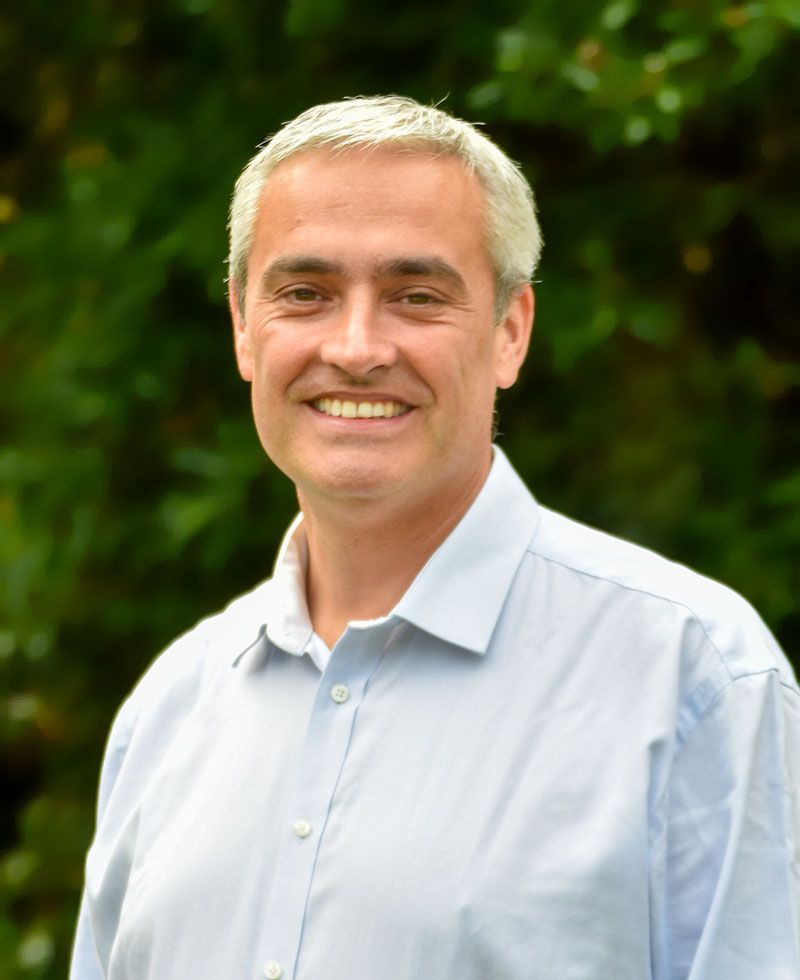
Fig. 1: General set-up (Picture: F. Ludwig)
In the beginning of this year, the working group around Prof. Dr. Angela Möller at the University of Mainz has finished setting up their Mößbauer system for the measurement of low temperatures to 3.3 K. We discussed the coupling of optical cryostats with Mößbauer build ups with the responsible researcher Dr. Vadim Ksenofontov.
So far, in commercial available cryostats, unwanted vibrations have lead to extensive line broadening so that state-of-the-art measurements have not been possible up to recently. Finally now, the outstanding vibration isolation of the Cryostation C2 has enabled Mößbauer experiments in Mainz.
The temperature in the Cryostation C2 is easy to control. For selected Mößbauer experiments, it can be integrated in measurement procedures with LabVIEW (National Instruments). The reliable temperature control also allows a precise reaching of phase transition temperatures without deviating from the set point.
The windows’ diameters are 10 mm (entrance) and 20 mm (exit). They consist of Kapton film which is permeable to gamma radiation. The Cryostation works under vacuum without replacement gas for homogenous thermalization. This poses a general challenge to the sample holder design. The utilized sample holder was developed and manufactured at the University of Mainz. It provides an efficient heat transfer to the sample which in turn guarantees excellent temperature homogeneity over the entire temperature interval.

Fig. 2: open sample chamber (Picture: F. Ludwig)
Fig. 1 shows the general set-up: All relevant Mößbauer components including the Cryostation sample chamber are shielded with lead bricks throughout the measurement.
Fig. 2 shows the open sample chamber.
Typical cryostats for Mößbauer spectroscopy are designed for transmission experiments and have only two optical windows. There are, however, other set-ups, just like in optical spectroscopy, which work for example with reflectance geometry. With Conversion Electron Mößbauer Spectroscopy (CEMS), the sample is either continuously excited by a laser or the surface electrons caused by gamma radiation are detected by a channeltron. All of these experiments can also be performed with the Cryostation C2, because of its good optical access and the comfortable size of its sample chamber.
Dr. Ksenofontov was very pleased with the system’s performance and the easy operation. According to him, investing in a Cryostation C2 was definitely worth it, since it not only saves liquid helium but also has a number of other considerable advantages compared to other systems. He confirms the Cryostation C2 to be a highly precise and, as it can easily be extended, flexible research system.
Would you like more information? We look forward to hearing from you.



